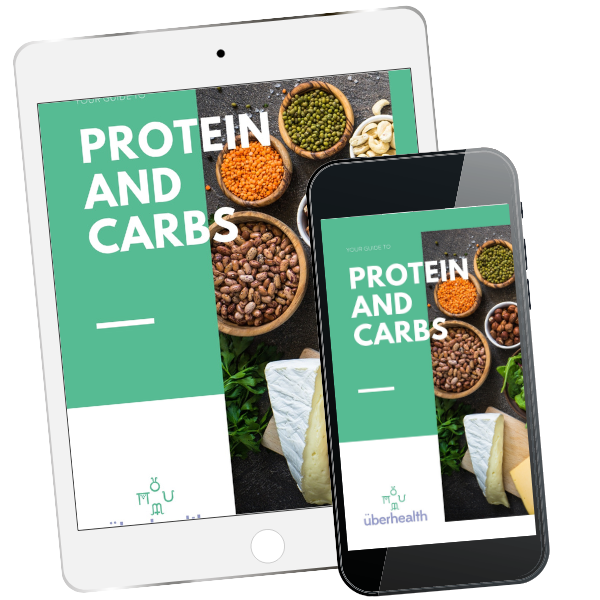Bring me Sunshine
As we move forward into March, we welcome a change of seasons. Whether you base your seasons on the equinox, or follow the obtuse change of seasons based on the calendar, in the Southern hemisphere March brings with it cooler nights, a slow shift into shorter days, and a crispness in the air. For those of you in the chilly Northern Hemisphere, the polar vortex begins to thaw, as you charge up the grill for a summer of cookouts. This makes March the perfect month to talk about one of the 7 Healers of Nature - Sunshine.
Like many things in life, sunshine for health is such a balancing act. Too much of it can be harmful both in the short and long terms. Too little of it can affect our moods and hormonal processes in our bodies. Living in Australia, sunshine often plays the villain. During the 80’s and 90’s we were bombarded with commercials of Sid the Seagull urging us to, “slip, slop, slap”. As the years passed more verbs were added; wrap on some sunnies, and seek shade. By the time we reached the early naughties, we were walking around on 30+ degree days wearing long pants, long sleeves, flap caps, sunglasses , and our faces were glaringly white due to the amount of sunscreen we had plastered on. But the question is, are we healthier for it?
Vitamin D
Recently, Medicare has stopped allowing Vitamin D level testing to be covered for most individuals. Why? Because despite being exposed to this big, beautiful sun most of the year round, many of us are deficient. Partially because we spend a lot of time indoors escaping the heat, partially because the suns angle is not always the best for accessing UVB rays, and partially because we are so sun smart we won’t even allow just 5-10mins in the sunshine.
Don’t get me wrong, too much sun exposure increases the risks of sunburn, heatstroke, BCCs, and melanomas. However, we do need sunshine in the form of UVB rays to help unlock Vitamin D. Our diets alone cannot give us the amounts of Vitamin D we need. We need sun exposure to help support our immune system, prevent heart disease, and reduce the risk of osteoporosis.
Light Spectrum
This month I want to challenge you to embrace Nature’s Spectrum of Light. Last month, where we focused on SLEEP (insert link to last months blog) I challenged you to put away you smart devices an hour before bed. Not only does this help us to switch off from work, assignments, and agendas; but it also serves to switch off our exposure to blue light. Over-exposure to blue light can affect our circadian rhythms, or moods, and or cognitive function. This month, let’s take that challenge further.
By getting out into Nature, and into the sunshine, we are exposing ourselves to the full range of Nature’s spectrum of light. Witnessing a sunrise or sunset gives our body a dose of all the colours on the light spectrum; yellows, oranges, hints of reds and purples. When we “have a dose” of all these colours, photoreceptors in our eyes convert the light into electrical impulses. These impulses travel to the hypothalamus, which sends neurotransmitters to control some functions within the body; such as blood pressure, mood, immune system function, digestion, and or sleep/wake cycles. This can explain why watching a sunrise can make you feel so good, or why a bushwalk can make us feel like we breathe better, deeper, fuller.
During March, when the sun is neither at it’s harshest or most hidden, I invite you think about the role of sunshine in your life. Do you spend all day inside an office and never see the sun? Are you part of the ‘sun-loving’ generation who would slather themselves with coconut oil and then lay outside all day in the height of summer, flipping over every 30 minutes to ensure an even tan? Have you tested low in vitamin D, and what have you done to remedy this?
So this month I challenge you to see how you can add more sunshine in your life. Be sensible about what your own body can tolerate, it might only be 5-10mins if you are fair, and avoid the sun during its peak hours. Make the effort once or twice to head to the beach, a lookout, or a park and watch the sunset. Challenge a friend to join you for a sunrise walk.
What can you do to improve on this Nature’s Healer?
FREE RESOURCE


